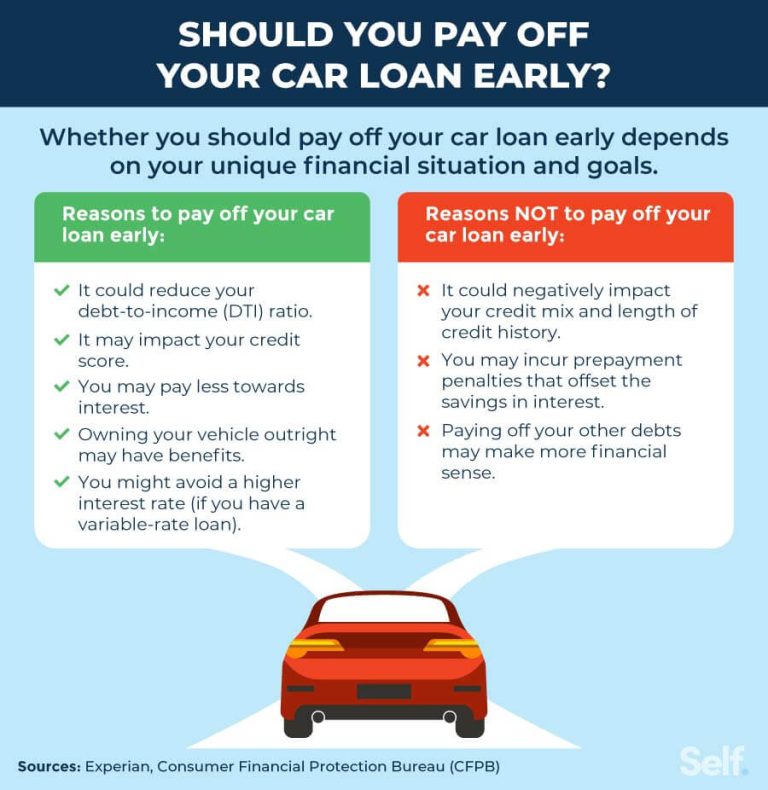How to Save for a Car: Smart Strategies Unveiled
To save for a car, set a clear savings goal based on your desired vehicle’s price. Next, create a budget that allocates a portion of your income specifically for this purpose.
Buying a car is a significant financial commitment, often requiring careful planning and saving. Many people dream of owning their ideal vehicle, but achieving that dream involves more than just desire. Establishing a realistic budget helps track expenses and identify how much can be saved monthly.
Prioritize this goal by cutting unnecessary costs and finding ways to increase your income. Utilize high-interest savings accounts or dedicated savings funds to grow your money faster. With discipline and a well-structured plan, you can reach your goal and drive away in the car you’ve always wanted.
Introduction To Saving For A Car
Saving for a car is a vital part of financial planning. It helps you manage your money wisely. Understanding the importance of saving makes the process easier.
Car ownership costs go beyond just the purchase price. There are insurance costs, maintenance fees, and fuel expenses to consider. Setting a budget helps track these expenses. It also prepares you for unexpected costs.
Consider saving for a down payment. A larger down payment reduces monthly payments. Look for affordable insurance options to save more money. Regular maintenance keeps your car in good shape and prevents costly repairs.
Assessing Your Budget
Start by calculating your total monthly income. List all your expenses like rent, food, and bills. This helps you see how much you can save each month.
Next, determine your car budget. Think about the type of car you want. Consider the cost of insurance, fuel, and maintenance. This ensures you can afford the car long-term.
Track your expenses every week. Use a notebook or an app to note down spending. Adjust your budget if you overspend in any area.
Set a savings goal for your car. Decide how much you want to save each month. This will help you stay focused on your goal.
Setting A Savings Goal
Setting a savings goal helps you stay focused. Start by calculating the total cost of your desired vehicle. Include the price, taxes, and fees. This gives you a clear target to aim for.
Next, create a timeline for your savings plan. Determine how much you can save each month. Divide the total cost by the number of months until your goal. This shows you how long it will take to save.
For example, if the car costs $12,000 and you save $500 monthly:
| Total Cost | Monthly Savings | Months Needed |
|---|---|---|
| $12,000 | $500 | 24 months |
Adjust your savings amount if needed. Stay motivated by tracking your progress regularly.
Choosing The Right Savings Account
Choosing a savings account is important for your car savings. Different accounts offer various interest rates. A higher rate helps your money grow faster.
| Account Type | Interest Rate | Minimum Balance |
|---|---|---|
| Standard Savings | 0.01% – 0.10% | $100 |
| High-Interest Savings | 0.50% – 1.00% | $1,000 |
| Online Savings | 0.40% – 1.50% | $0 |
Understanding interest rates helps in making smart choices. A small difference in rates can mean big savings. Check the terms and fees for each account option.
Cutting Costs And Increasing Income
Start by cutting unnecessary expenses. Review your monthly bills. Identify items you can live without. Cancel subscriptions that you rarely use. Consider making coffee at home instead of buying it.
Focus on reducing dining out. Cook meals at home to save money. Set a budget for groceries and stick to it. Use shopping lists to avoid impulse buys.
Finding additional income sources can boost savings. Look for part-time jobs or freelance work. Sell items you no longer need online. Offer services like babysitting or dog walking.
Consider using skills you already have. Teach a class or tutor students. Participate in online surveys or market research. Every little bit helps in reaching your car savings goal.
Utilizing Automated Savings Tools
Using automated savings tools can make saving for a car easier. Automatic transfers take money from your account and save it for you. This method helps build your savings without extra effort.
Benefits of automatic transfers include:
- Consistent savings each month.
- No need to remember to save.
- Helps avoid spending the money.
Many apps and tools can help with savings:
| App/Tool | Features |
|---|---|
| Qapital | Goal-based savings and rules to save automatically. |
| Acorns | Invest spare change automatically from purchases. |
| Digit | Analyzes spending and saves small amounts regularly. |
Exploring Financing Options
Car loans can help many people buy their dream car. They offer quick cash, but they come with interest rates. Monthly payments can strain your budget. It’s essential to compare different loan options.
Pros of Car Loans include the ability to own a car sooner. They help build your credit score too. Cons may include high interest costs. Missing payments can lead to debt.
| Pros | Cons |
|---|---|
| Quick access to funds | High interest rates |
| Improves credit score | Risk of debt |
| Flexible payment plans | Monthly payments strain budget |
Credit scores play a vital role in getting a loan. A higher score often means lower interest rates. Keeping your score healthy helps secure better loan terms. Regular payments can boost your score over time.
Negotiating The Best Car Deal
Negotiating the best car deal starts with researching fair market prices. Check websites like Kelley Blue Book or Edmunds. These sites show the average price for different cars. Compare prices from local dealers too.
Timing your purchase can lead to maximum savings. Buy a car at the end of the month. Dealerships often want to meet sales targets. Holidays also bring great deals. Look for sales events during these times.
Being informed helps you negotiate better. Know the car’s worth before talking to a seller. This knowledge gives you confidence. Remember, never rush into a deal. Take your time to find the best price.
Saving On Insurance And Maintenance
Finding competitive insurance rates can help save money. Start by comparing quotes from different companies. Use online tools for quick comparisons. Look for discounts based on good driving records or bundled policies.
Maintaining your car is key to avoiding costly repairs. Regular oil changes keep the engine running smoothly. Check tire pressure to improve fuel efficiency. Inspect brakes to ensure safety. Keeping up with these tasks can save money in the long run.
Conclusion: Staying Disciplined
Regularly revisit your savings plan. Adjust it as needed to meet your goals. Life changes, and so should your plan. Track your progress every month. This helps you stay motivated.
Celebrating small wins keeps you excited. Treat yourself when you reach milestones. For example, reward yourself after saving a certain amount. These celebrations boost your morale and keep you focused.
Use a tracker for visual motivation. A simple chart can show your growth. Seeing your progress can inspire you to save even more. Remember, every little bit counts towards your dream car.
Frequently Asked Questions
How Much Should I Save For A Car?
Aim to save at least 20% of the car’s total price for a down payment. This reduces your loan amount and monthly payments. Additionally, consider other costs like taxes, insurance, and maintenance. Creating a budget can help you reach your savings goal faster.
What Are The Best Ways To Save Money For A Car?
Start by creating a dedicated savings account for your car fund. Automate your savings by setting up regular transfers. Cut unnecessary expenses and consider side jobs to boost your income. Every little bit helps, so track your progress regularly to stay motivated.
How Long Does It Take To Save For A Car?
The time needed to save for a car depends on your financial situation and savings goal. Typically, saving for a decent down payment can take anywhere from a few months to a couple of years. Set a realistic timeline and stick to your savings plan for best results.
Should I Finance Or Pay Cash For A Car?
Paying cash avoids interest and monthly payments, making it a cost-effective choice. However, financing allows you to maintain liquidity for emergencies. Consider your financial stability and future goals when deciding. Weigh the pros and cons before making a choice.
Conclusion
Saving for a car requires discipline and planning. Set a clear budget and stick to it. Consider opening a dedicated savings account to track your progress. Small sacrifices today can lead to big rewards tomorrow. With commitment and smart saving strategies, your dream car is within reach.
Start your journey now!






